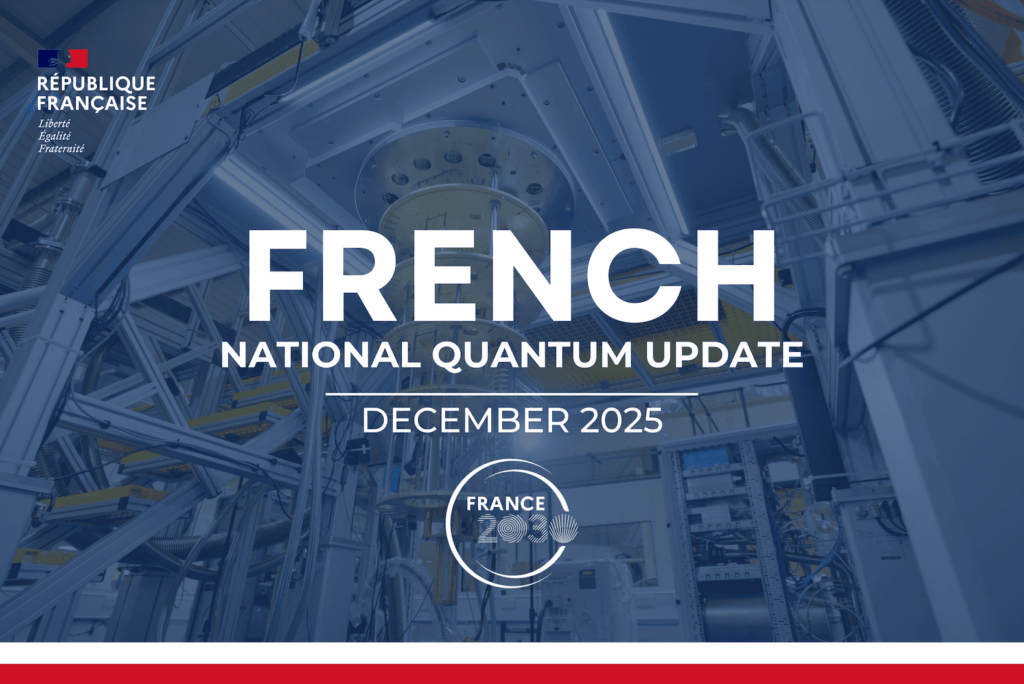Insider Brief
- Researchers suggest that entanglement might not have existed at the earliest moment of the universe.
- The paper was written by Jim Al-Khalili, of the University of Surrey and Eddy Keming Chen, University of California, San Diego.
- Other implications could be — I will add in as understated way as possible — affirm the existence of time, as well as make predictions about the end of the universe.
Ask anyone working in quantum computing and they may tell you they have been dealing with the frustratingly contrarian and intricately delicate state of entanglement since the beginning of time. However, a new study suggests this might be impossible. In fact, entanglement may have been absent in the earliest moments of the universe, researchers are reporting — a hypothesis that would — if validated — challenge our understanding of quantum mechanics and the nature of time itself.
The research, detailed in a paper by Jim Al-Khalili, of the University of Surrey and Eddy Keming Chen, University of California, San Diego and published on the pre-print server ArXiv, explores the so-called entanglement past hypothesis. In the study, the researchers explore why time only flows in one direction, a fundamental concept in both quantum physics and thermodynamics.
According to the researchers the concept of quantum entanglement, where two particles become so deeply linked that their properties seem to remain interconnected regardless of the distance between them, is central to modern quantum mechanics. It’s also a key ingredient for the potential of quantum computers to tackle massively complex calculations. It’s also why quantum computing is so vexing, because entanglement can be disrupted by external influences, leading to a process known as decoherence.

According to an article on the work in New Scientist, this phenomenon inspired the idea of the decoherent arrow of time, suggesting that because decoherence is irreversible, it could be the fundamental reason why time flows forward and not backward. This idea parallels the more traditional thermodynamic arrow of time. In this theory, the direction of time’s flow is governed by the second law of thermodynamics, which states that entropy, or disorder, must always increase.
Al-Khalili and Eddy Keming Chen’ research suggests, then, that at the universe’s inception, there was no quantum entanglement. As the cosmos evolved, entanglement increased, leading to more decoherence. This hypothesis, called the entanglement past hypothesis, points toward very low entropy in the initial quantum state of the universe.
Emily Adlam, of Chapman University, highlighted the novelty of this work, telling New Scientist: “People have been vaguely aware that you need some kind of past hypothesis to get the decoherent arrow of time, but it hasn’t really been worked out in detail before. This clarifies what exactly that beginning state of the universe is.”
The implications of this study extend beyond theoretical physics, influencing our understanding of the universe’s evolution and the nature of time itself.
While direct observation of the universe’s initial state is impossible, understanding it is may be absolutely necessary to help scientists grasp how the universe has evolved. Al-Khalili told New Scientist: “Once you get beyond that very early universe, you have thermodynamic entropy, you have gravity clumping everything up, so you move away from concerns about quantum entanglement. Once you have an arrow, once you have a direction to time, everything else happens on its own – we just needed the starting point.”
Al-Khalili and Chen’s findings also suggest that because low-entanglement initial state would inherently have low thermodynamic entropy, there may be a possible connection between the thermodynamic and quantum arrows of time. The researchers argue that the decoherent arrow might offer a more objective measure of time’s flow. “For the thermodynamic arrow of time, you’re sort of zooming out,” says Al-Khalili to New Scientist. “The decoherent arrow of time is a bit more objective.”
This objectivity could mean that the decoherent arrow of time is more fundamental than previously thought, New Scientist reoprts.
The hope, according to Adlam in her interview with New Scientist, is that the entanglement past hypothesis can help derive the thermodynamic past hypothesis, leading to a more comprehensive understanding of time. This integrated view could reshape our grasp of temporal dynamics in the universe.
There’s another implication of the study — and its a doozy. The study implies that the end of the universe might not be as straightforward as previously thought. While the heat death scenario suggests a state of maximum entropy where nothing changes, the decoherent arrow of time indicates continued evolution even beyond this point.
“There’s going to be the thermodynamic heat death, everything becomes a soup with no structure, but it will take many, many billions of years later to reach maximum entanglement,” Chen said, as reported by New Scientist. “This means that there are actually interesting things that happen after the heat death of the universe.”
If validated, the entanglement past hypothesis could fundamentally affirm the existence of time. Al-Khalili told New Scientist: “The flow of time, one can quite easily argue that that is subjective, but the direction of time, I would argue, is fundamental, and therefore time is real.”
The researchers added some limitations and questions for future research. They write there is a need to refine EPH, considering its dependence on the universe’s partition into subsystems. Future research would aim to integrate EPH with TPH for a unified understanding of time, which, the researchers add would be extremely important for addressing the many complexities of this hypothesis.

















